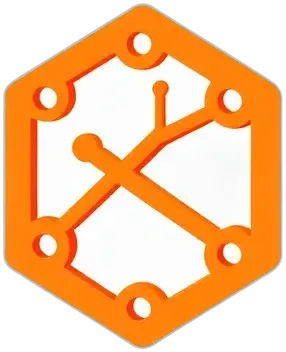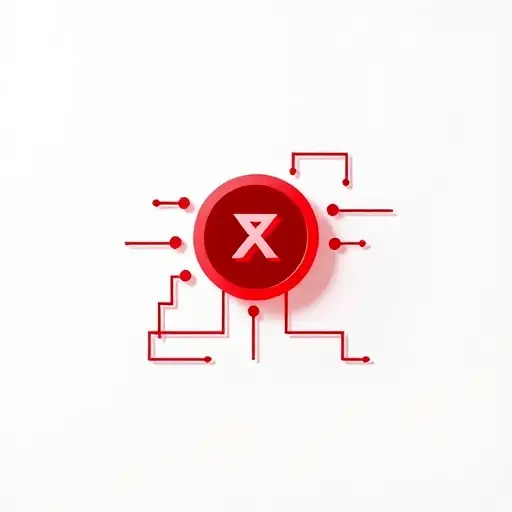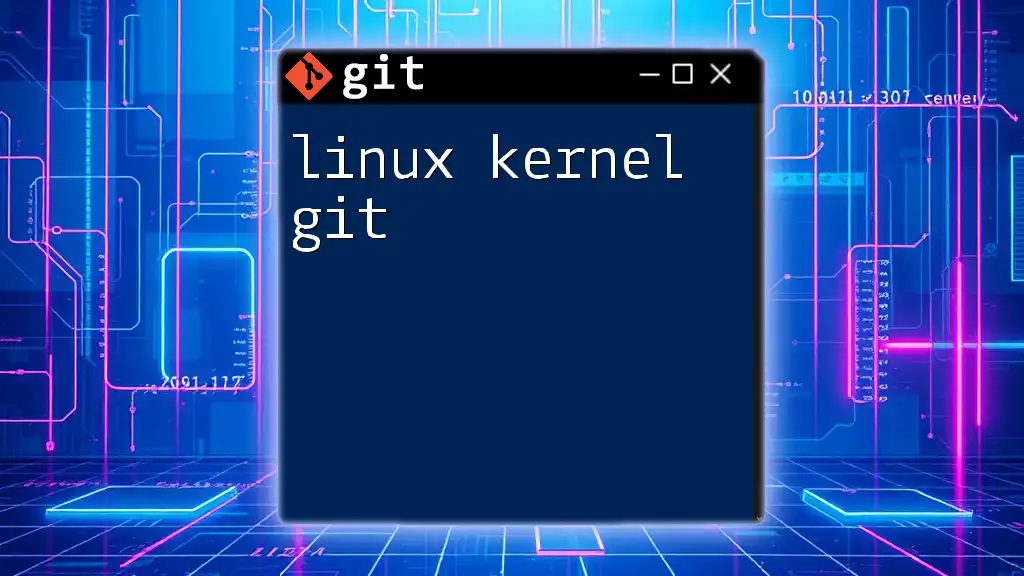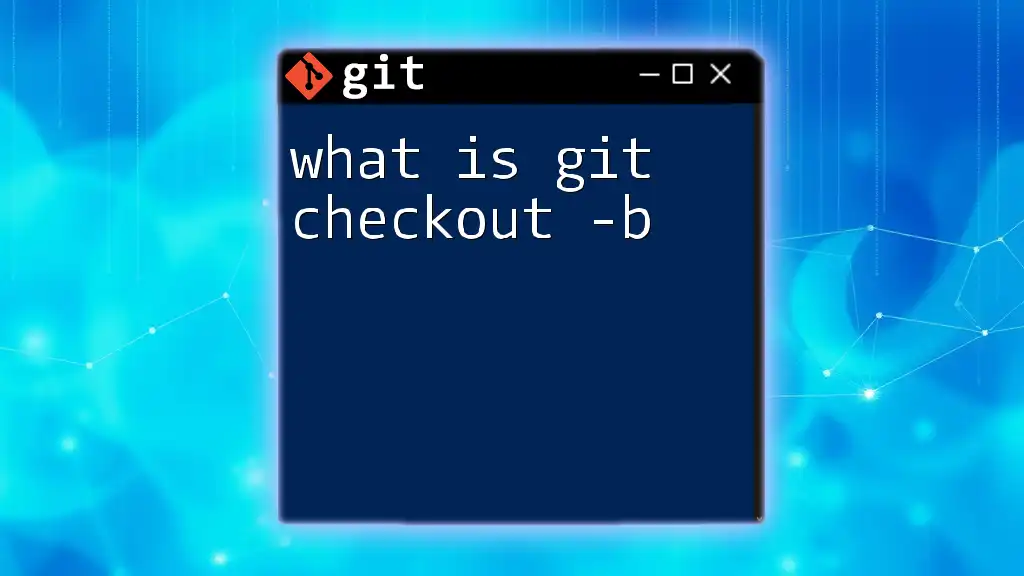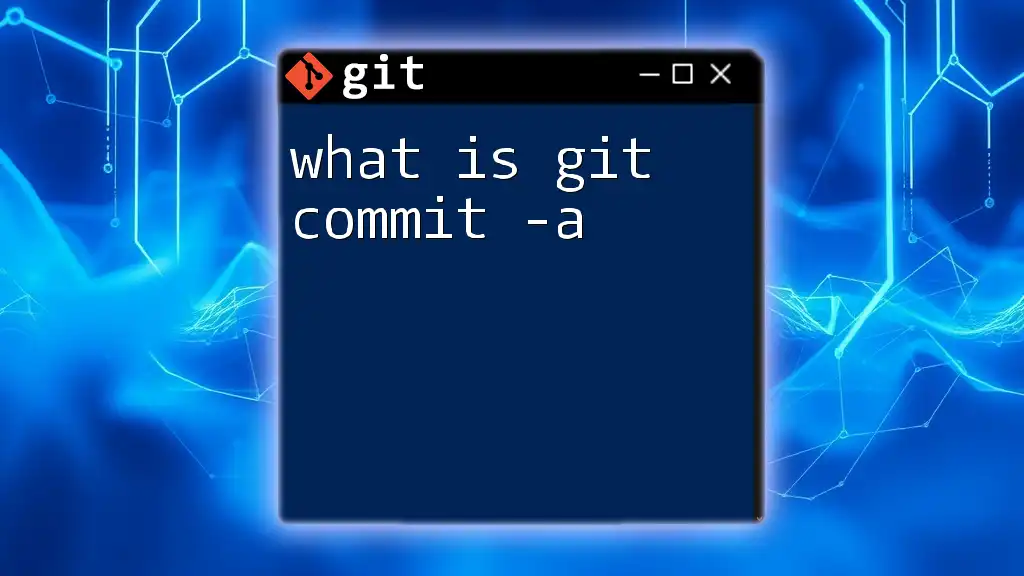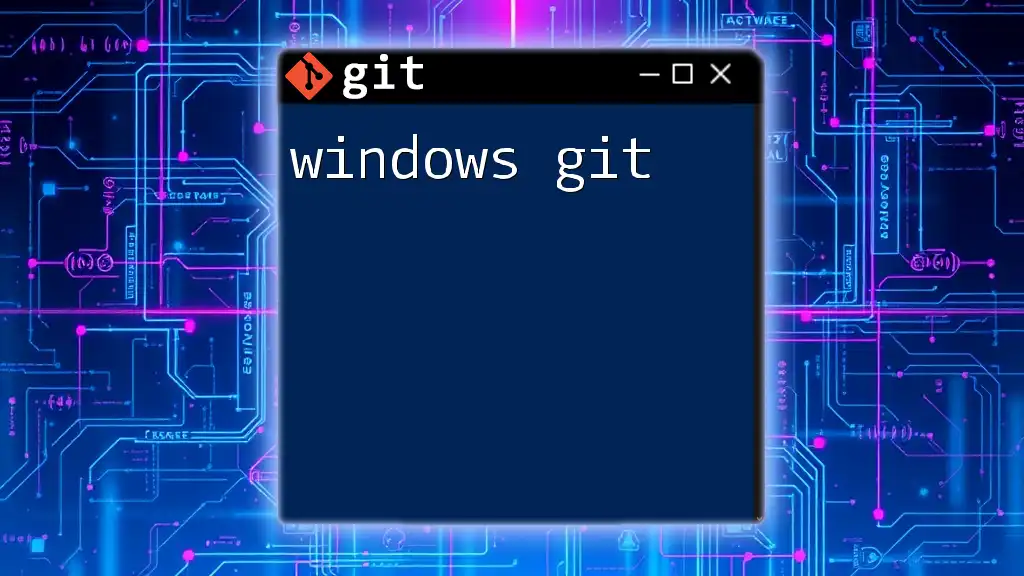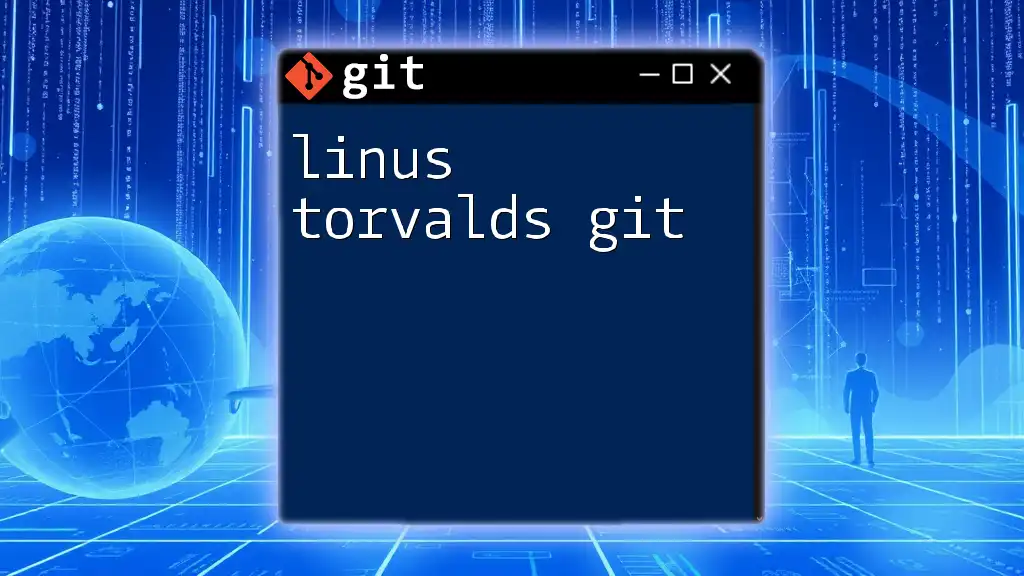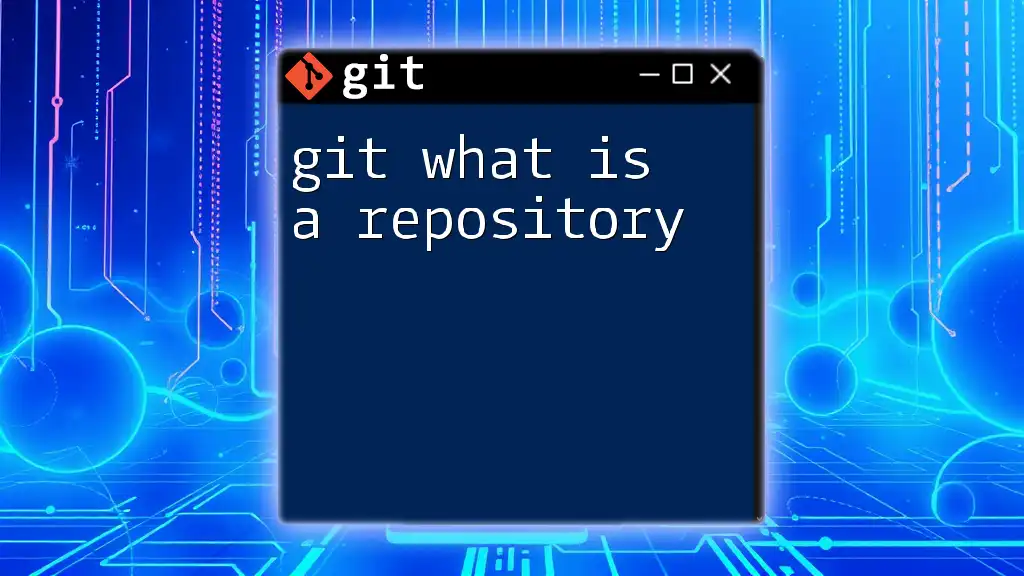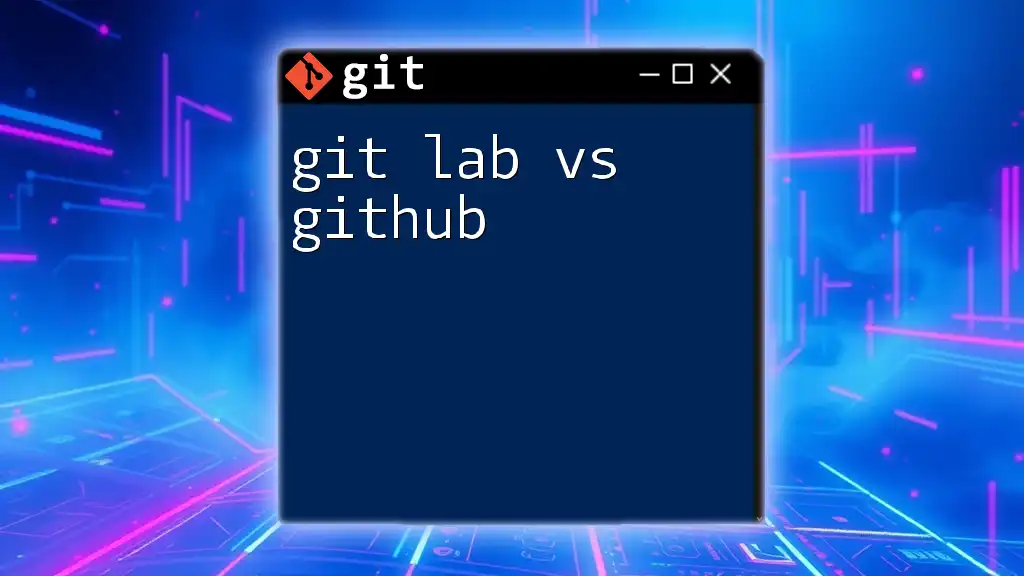Git is a distributed version control system that allows developers to track changes in their code, collaborate with others, and manage project versions efficiently.
Here's a basic example of how to initialize a new Git repository:
git init my-project
What is Git?
Git is a distributed version control system that enables teams and individuals to collaborate on software development projects efficiently and effectively. At its core, Git is designed to manage both the history and the current state of a project by tracking changes in the files over time.
Key Features of Git
Distributed Architecture: Unlike centralized version control systems (CVCS), Git allows every user to have a complete copy of the repository, including the entire history of changes. This ensures that even if the main server goes down, developers can still work independently without losing any data.
Data Integrity: Git employs SHA-1 hashing to maintain data integrity. Each commit in Git generates a unique hash that acts as a fingerprint for the commit, ensuring that any attempt to change the commit will result in a different hash. This prevents unauthorized alterations and ensures the authenticity of the version history.
Speed and Efficiency: Git is designed to be fast. Operations like committing changes, branching, and merging are optimized to be highly efficient, which is particularly advantageous for larger projects with numerous contributors.
Branching and Merging: One of Git's standout features is its branching model. Branches allow developers to work on features or fixes in isolation, leading to cleaner and more manageable code. Merging these branches back together brings together progress from different lines of development.
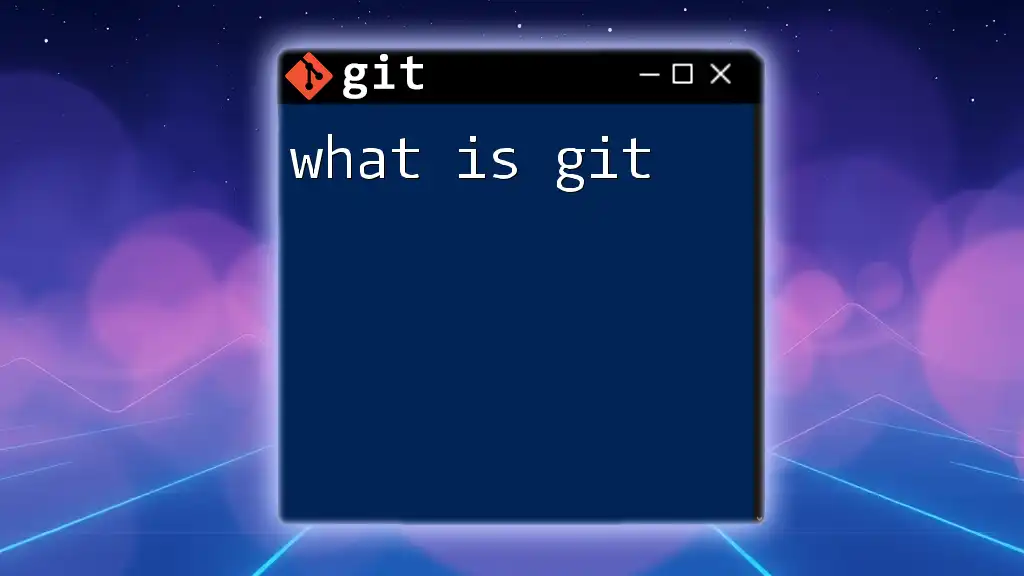
Why Use Git?
Advantages of Git Compared to Other Version Control Systems
Git offers several advantages over traditional version control systems. Its distributed nature allows for faster operations and enhances collaboration among team members. With Git, multiple developers can work independently on their branches, and later merge changes seamlessly, reducing the chances of overwriting each other’s work.
Use Cases for Git
Git is ideal for a variety of scenarios:
- Personal Projects: Perfect for individuals managing their own code, allowing for easy tracking of changes and versions.
- Collaborative Software Development: Robust features make it easy for teams to coordinate work efficiently, keeping everyone in sync.
- Error Tracking and Bug Fixes: Git’s ability to revert to previous states makes it a powerful tool for managing bugs and reducing downtime.
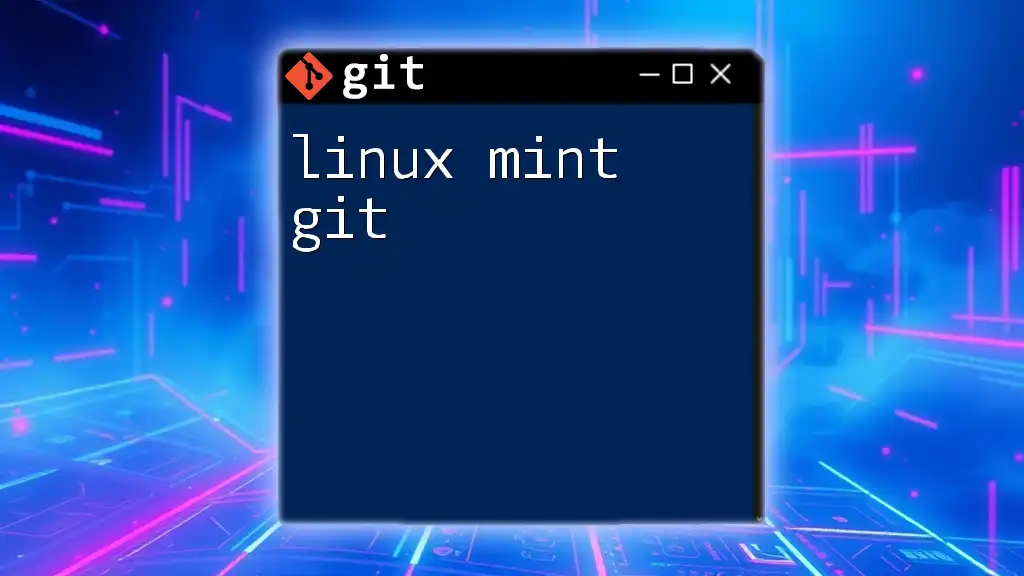
Setting Up Git on Linux
Installing Git on Linux
To start using Git, you'll first need to install it. On most Linux distributions, Git can be easily installed using the package manager. For example, to install Git on a Debian-based system, you can run:
sudo apt install git
After installation, verify that it was successful by checking the version with:
git --version
Initial Configuration
Before you start using Git, you'll want to set up your user information. This is crucial because each commit will include this information. Use the following commands to configure your username and email:
git config --global user.name "Your Name"
git config --global user.email "your.email@example.com"
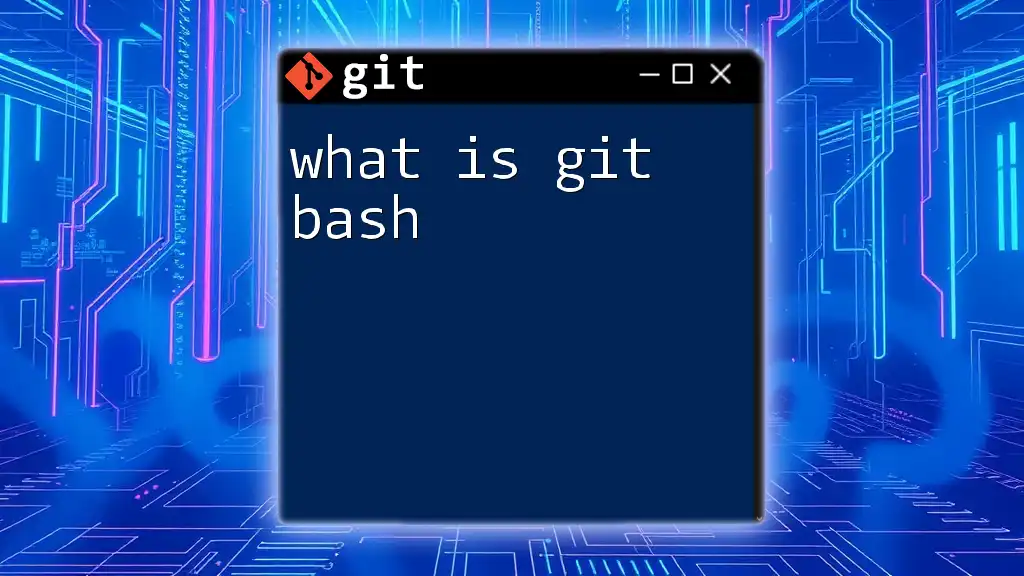
Basic Git Commands
Creating a New Repository
To begin tracking project changes, you need to create a new Git repository. This can be done by navigating to your desired project folder and initializing Git:
git init my_project
This command creates a new directory called `my_project` with a `.git` subdirectory, where all the necessary metadata and object files are stored.
Cloning an Existing Repository
If you want to contribute to an existing project, you can clone it by using:
git clone https://example.com/repo.git
Cloning not only copies the repository but also all its history, allowing you to work seamlessly on the project.
Staging Changes
Staging is an important concept in Git that allows you to select specific changes to include in your next commit. Use the following command to stage files:
git add filename.txt
This command tells Git to track changes made to `filename.txt`, preparing it for a commit. The staging area acts like a buffer between your working directory and the final commit history.
Committing Changes
Once you have staged your changes, it's time to commit them. A commit is essentially a snapshot of your project at that point in time. Each commit should have a descriptive message to explain what changes were made:
git commit -m "Initial commit"
This step is essential as it documents the changes and reasoning behind them, providing valuable context for future reference.
Viewing the Status of the Repository
To see the current state of your working directory and staged files, you can use:
git status
This command helps you understand which files are modified, staged, or untracked.
Viewing Commit History
To view the history of your commits, you can run:
git log
This command will display a list of all commits, including their hashes, commit messages, and timestamps. Understanding the commit history is crucial for tracking project evolution and identifying when changes were made.
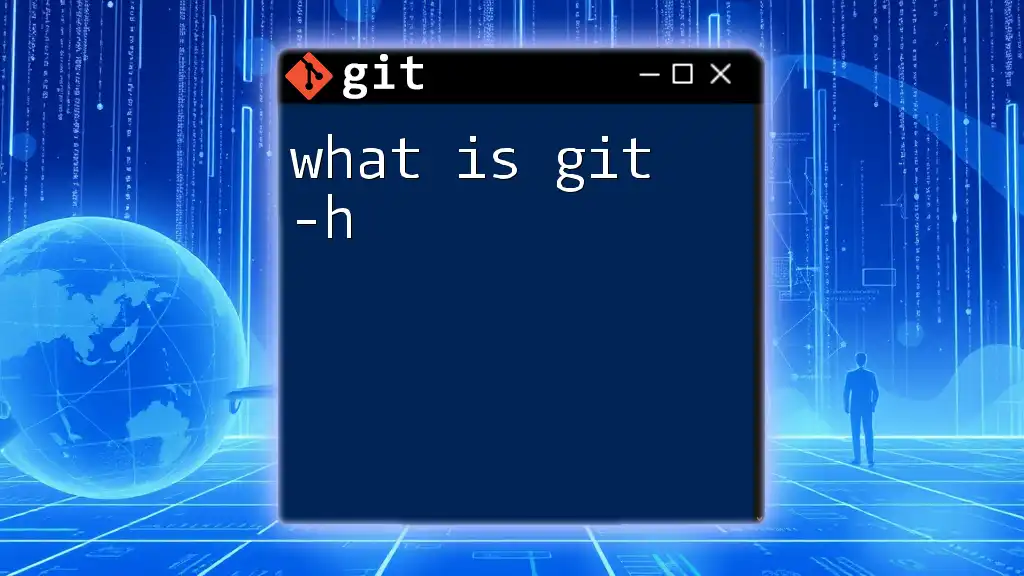
Branching in Git
Understanding Branches
Branches are fundamental to Git, allowing developers to work on different features or fixes without affecting the main codebase. This encourages a more organized workflow and minimizes the risk of introducing bugs into stable code.
Creating and Switching Branches
Creating a new branch is straightforward:
git branch new-feature
To switch to that branch and start working on it, run:
git checkout new-feature
This command moves you to the `new-feature` branch, allowing you to make changes independently from the main branch.
Merging Branches
Once you’ve completed work on your feature branch, you can merge it back into the main branch. First, switch to the main branch:
git checkout main
Then, merge your feature branch:
git merge new-feature
During this process, conflicts may arise if changes in the merged branches overlap. Git will flag these conflicts, and you’ll need to resolve them manually before finalizing the merge.
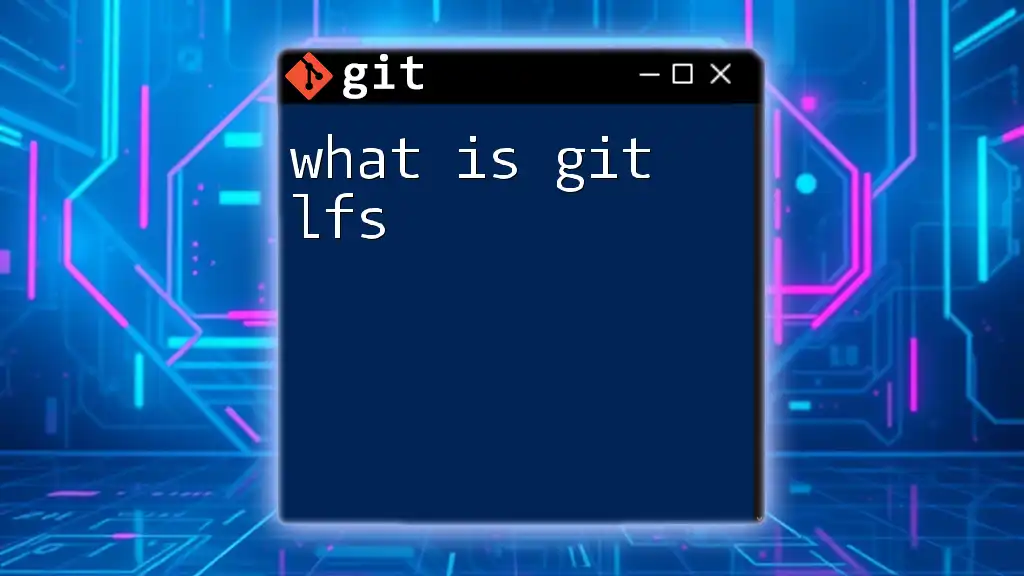
Remote Repositories
What Are Remote Repositories?
Remote repositories serve as centralized locations for collaborating on projects. They enable multiple developers to contribute without needing direct access to each other's local copies.
Pushing Changes
After committing local changes, use the `git push` command to upload your commits to a remote repository:
git push origin main
This command pushes your changes to the `main` branch on the remote repository named `origin`.
Pulling Changes
To incorporate changes made by other contributors in the remote repository, use:
git pull origin main
This command fetches updates from the remote repository and merges them into your local branch, helping you stay up-to-date with ongoing developments.

Conclusion
Git is an essential tool for anyone involved in software development. Its distributed nature, coupled with its powerful features like branching and merging, allows for smooth collaboration and efficient project management. By understanding its core functionalities and commands, you can leverage Git to enhance your development workflow significantly.
Next Steps for Learning Git
To dive deeper into Git, consider exploring online resources, tutorials, or books that provide comprehensive insights and hands-on practice. Consider joining our platform for engaging training tailored to boost your Git proficiency!
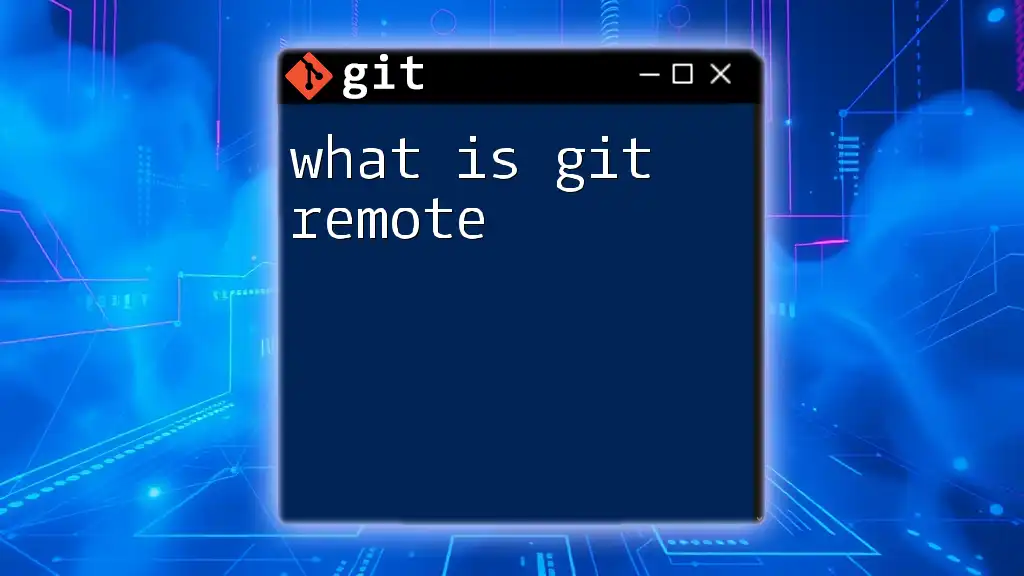
Call to Action
Start using Git today and elevate your development skills! Explore our teaching platform for hands-on training and become proficient in Git commands.
